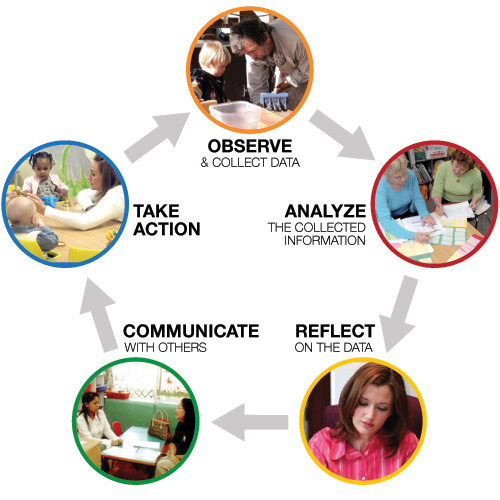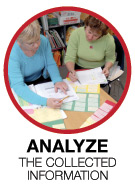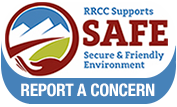Analyze the Collected Information
What patterns am I noticing? Focus on the interests and strengths of the child.
Return to your data and look carefully. Can you identify patterns around individual or group interests? What do the children know how to do? What captures their imagination? Can you identify the inquiry processes the children are using? This will form the starting point when you move on to an action plan. - (Feeney, Moravcik, Nolte & Christensen, 2010)(2)
Questions to reflect on:
- What makes the children smile?
- What engages them for long periods of time?
Children's Inquiry Processes to reflect on:
- Exploring: Using the senses to observe, investigate, and manipulate
- Identifying: Naming and describing what is experienced
- Classifying: Grouping objects or experiences by their common characteristics
- Comparing and Contrasting: Observing similarities and differences between objects or experiences
- Hypothesizing: Using the data from experiences to make guesses (hypotheses about what might happen)
- Generalizing: Applying previous experience to new events
adapted from: Feeney, S., Moravcik, E., Nolte, S., & Christensen, D. (2010). Who am I in the lives of children: An introduction to early childhood education
Questions to reflect on:
What patterns am I noticing?
Related resources available for this topic
STAGES OF THE TEACHING SPIRAL:
Observe and Collect Data
Analyze the Collected Information
Reflect on the Data
Communicate with Others
Take Action











